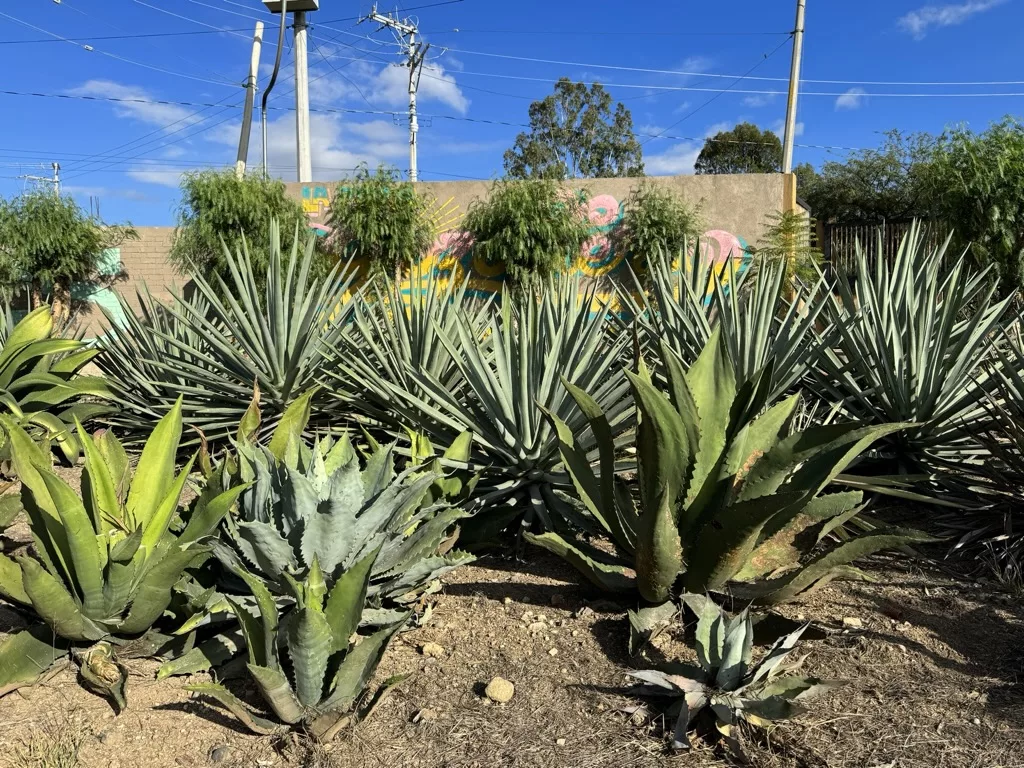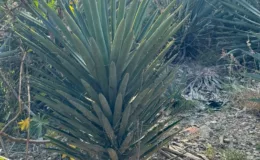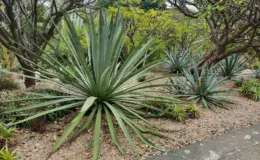cal’s flavor is impacted by a large number of factors including the geography, mezcalero, distillation and fermentation process, and possibly most importantly, the type of agave it’s derived from. In this article we’ll discuss the main types of agave and the magueys they produce.
Agave Angustifolia
Types of mezcal: Espadin
Maturation: 6-8 years

Agave angustifolia serves as the cornerstone of mezcal production, with more than 80% of all mezcal produced coming from this single species (called Espadin). The agave angustifolia is so popularly used for a number of important reasons. First, the yield is very high. With pinas weighing between 120-150 pounds, each agave plant can produce relatively more finished mezcal product than other species. In other words, it’s super cost-efficient. Second, angustifolia matures the fastest, with some varieties maturing in just four years. It’s a much easier species to mass produce.
In terms of quality, you’re going to find a much wider spectrum of good-to-bad than you will with other species.
Espadin isn’t revered for its complexity, but that’s generally because of the exact reason I mentioned above. Espadin can be insanely good (in the hands of the right mezcalero). In the hands of the wrong mezcalero it can taste like rubbing alcohol.
Mezcals crafted from Espadin agave often have a balance of sweet and earthy flavors, with subtle smoky notes. Variations in geography and production techniques result in a very wide spectrum of flavors and aromas, ranging from floral and fruity to herbal and spicy.
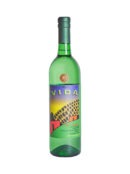
| Maguey | Espadin |
| Type | Joven |
| State | Oaxaca |
Agave Karwinskii
Types of mezcal: Cuishe, Madrecuishe, Barril, Bicuixe, Tobaziche, Cirial.
Maturation: 8-12 years
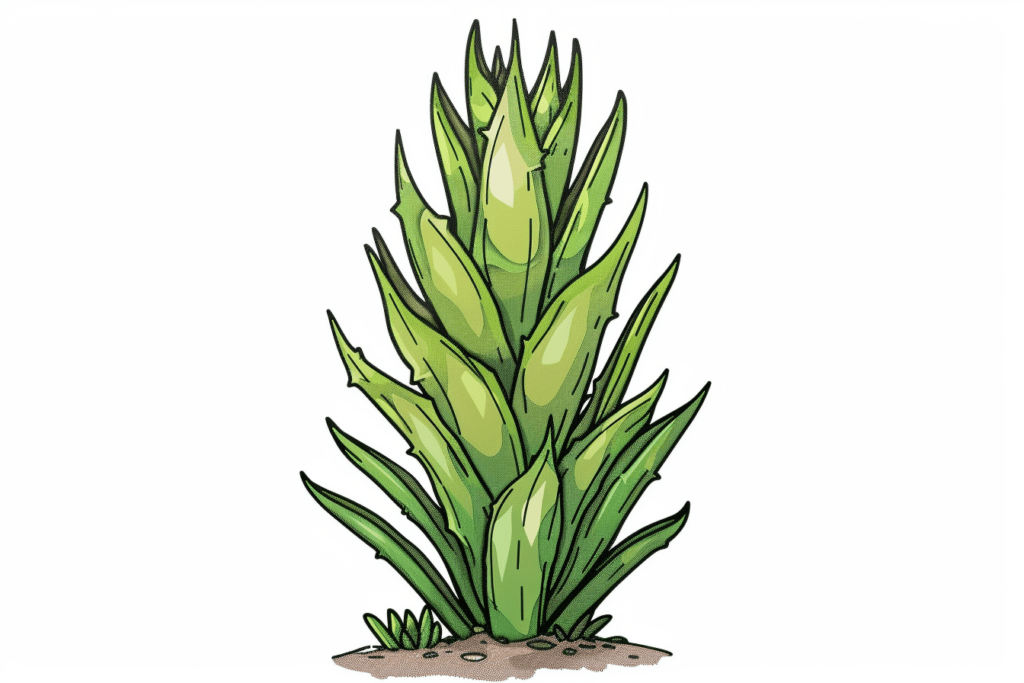
The first thing that will strike you about the Karwinskii is its odd shape. Unlike any other agave, it grows in a tall, cylindrical shape with leaves growing outwards, radially. It’s a bit like a pine tree.
Unlike other species, Agave Karwinskii encompasses several subvarieties, including cuishe, madrecuishe, barril, bicuixe, tobaziche, cirial, and others. And each of these magueys come with a wide range of unique flavor profiles. Most commonly you will run into cuixe, madrecuixe and barril.
While most Karwinskii mezcals are known for their floral and vegetal flavors, due to the number of magueys it produces, there is an extremely wide range of varieties and quality.

| Maguey | Madrecuishe |
| Type | Joven |
| State | Oaxaca |
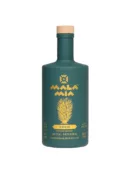
| Maguey | Cuishe |
| Type | Joven |
| State | Oaxaca |
Agave Convallis
Types of mezcal: Jabali
Maturation: 12-15 years
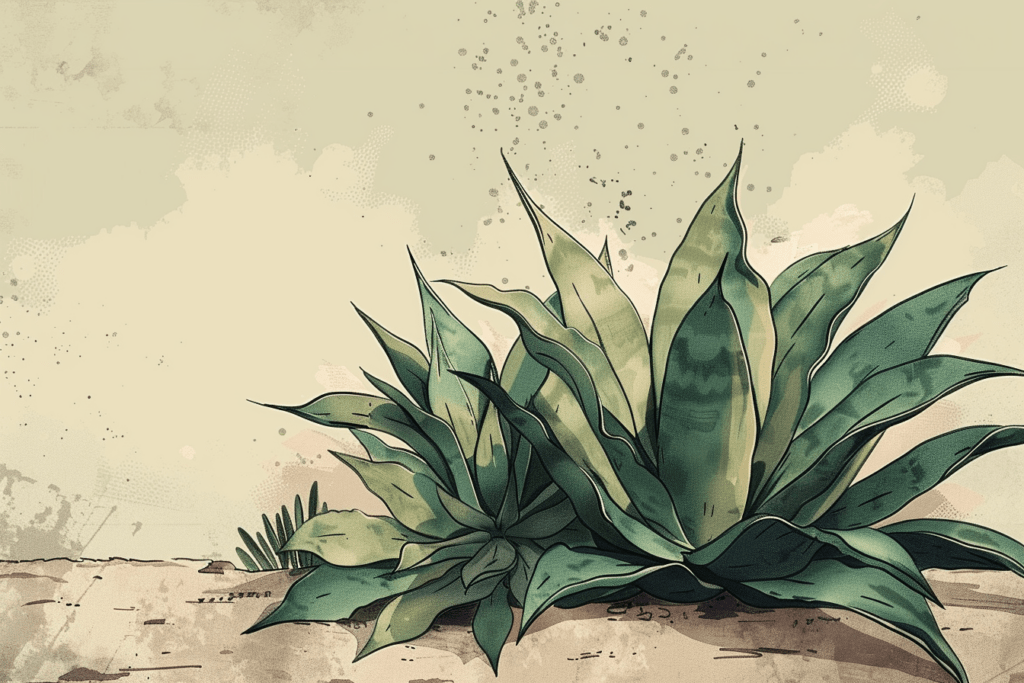
Jabali is easily on of the most difficult agaves to work with. It’s cultivated wild, and it acts wild during the distillation process, often damaging equipment as it foams and expands. But is the juice worth the squeeze (pun intended)? Undoubtedly, yes. Once the agave is wrestled into submission, it produces one of the most complex and satisfying mezcals available. Unsurprisingly, the scarcity and difficulty with production makes it one of the most expensive mezcals on the market.
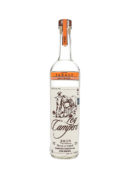
| Maguey | Jabali |
| Type | Joven |
| State | Oaxaca |
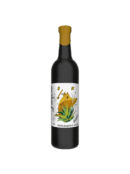
| Maguey | Jabali |
| Type | Joven |
| State | Oaxaca |
Agave Marmorata
Types of mezcal: Tepeztate
Maturation: 25-30 years

Similar to Jabali, Tepeztate ranks among the most elusive and revered agave varieties used in mezcal production. There’s a bit of a them here: The more rare and difficult to work with, the more prized the mezcal. Agave Marmorata tends to grow wild in mountainous regions and generally very difficult terrain to cultivate. And once producers are able to harvest the agave, it only yields 10-30% as much mezcal as Espadin.
Oh, and just to throw another complexity into the mix, the plant can take 35 years to mature. There is nothing “easy” about working with this plant.
The resulting mezcal is an insanely complex flavor. It’s mostly known for having a strong, floral nose and robust vegetal flavors. Its scarcity and labor-intensive production contribute to its status as a coveted and expensive mezcal.
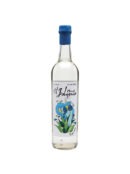
| Maguey | Tepeztate |
| Type | Joven |
| State | Oaxaca |

| Maguey | Tepeztate |
| Type | Joven |
| State | Oaxaca |
Agave Potatorum
Types of mezcal: Tobala
Maturation: 12-15 years
Potatorum is another difficult agave to harvest, making it yet another scarce and sought-after mezcal. Unlike other species, Agave Potatorum cannot reproduce asexually, relying on bats and birds to “pollinate” and spread its seed. For obvious reasons, this makes production and harvesting labor-intensive, and slow. Combined with its relatively slow maturation process, the resulting mezcals it produces are highly prized.
As with all mezcal varieties, there is a very wide spectrum of flavors you can encounter. But to summarize, Tobala is known to be a bit more on the fruity and slighly sweet end of the spectrum. Its limited availability and labor-intensive production contribute to its status as a prized and sought-after spirit.
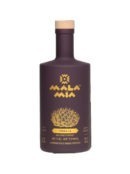
| Maguey | Tobala |
| Type | Joven |
| State | Oaxaca |
Agave Rhodacantha
Types of mezcal: Mexicano
Maturation: 8-12 years
The Rhodocantha is fairly rare. But unlike other rare agave species, the Rhodocantha is a very large plant with a vidid green hue.
The Mexicano mezcal it produces represents a lesser-known yet distinctive agave variety used in mezcal production. Mezcal crafted from Mexicano agave often exhibits a unique combination of earthy, floral, and spicy notes, with a subtle sweetness underlying its complex flavor profile.

| Maguey | Mexicano |
| Type | Joven |
| State | Oaxaca |
Agave Americana
Types of mezcal: Arroqueno, Coyote
Maturation: 15-25 years
The Agave Americana is a massive plant, standing as high as 11 feet when fully matured. Its pinas can weigh in excess of 450 pounds, producing over a couple dozen bottles per plant. The Americana is actually the genetic mother of Espadin, but unlike Espadin, Arroqueno takes significantly longer to mature, is grown wild, and is incredibly scarce.
Mezcal crafted from Arroqueno comes with intensely complex herbal and vegetal notes, with hints of smoke and spice. Similar to Jabali and Tepextate, it’s highly prized and sought after.
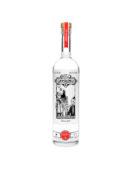
| Maguey | Arroqueño |
| Type | Joven |
| State | Oaxaca |
Agave Salmiana
Types of mezcal: Largo
Maturation: 12-15 years
Mezcal crafted from Largo agave often exhibits very strong flavors with earthy undertones, complemented by hints of caramel and spice. Its lengthy maturation period contributes to a complex and full-bodied spirit, making it a prized choice among mezcal aficionados for its depth of character and distinctive profile.
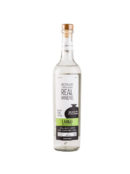
| Maguey | Largo |
| Type | Joven |
| State | Oaxaca |
Conclusion
the diverse world of agave encompasses a myriad of varieties, each contributing its own unique character to mezcal and tequila production. Whether sipped neat or enjoyed in cocktails, mezcal and tequila crafted from different agave varieties invite enthusiasts to savor the essence of Mexico’s vibrant landscapes and traditions.

